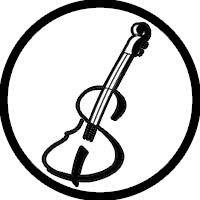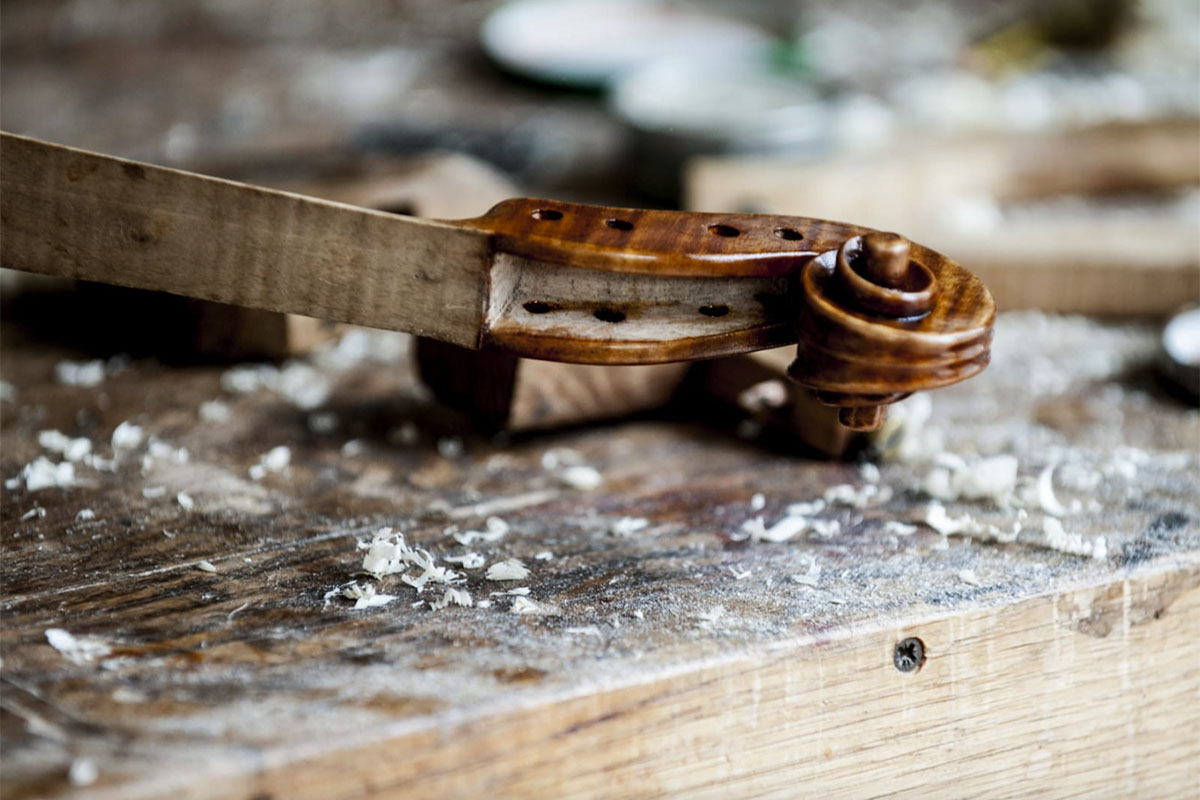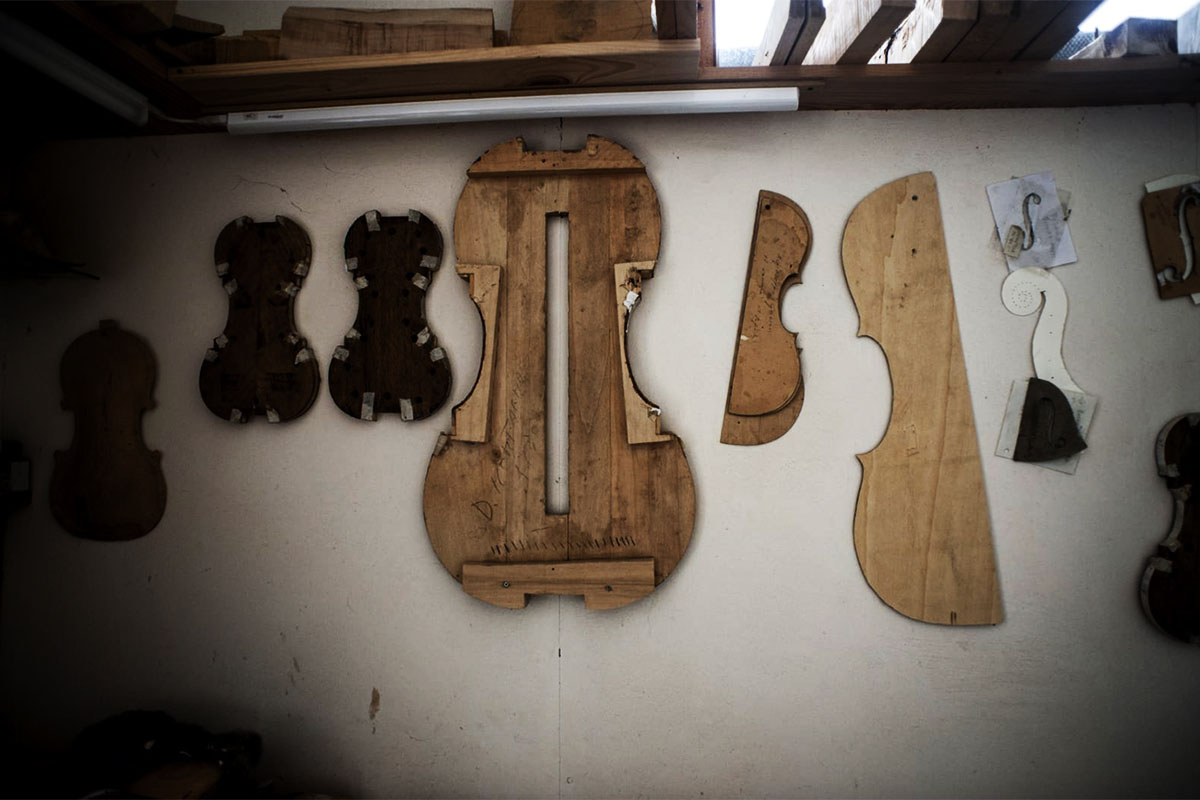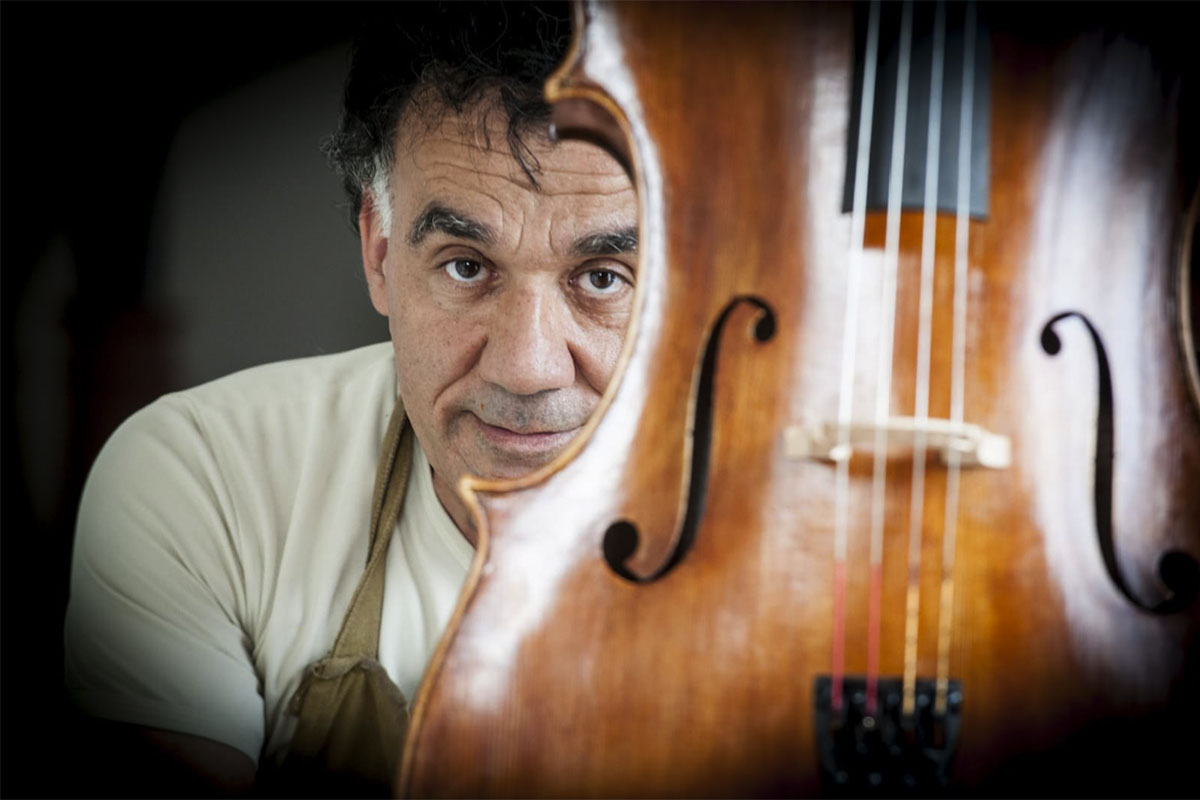The restoration of an old violin is always exciting: observing the style of the luthier, going back to the school of origin, grasping the various details is what makes the work of restoration interesting, enriching one’s knowledge of this precious craft. After having examined the instrument in all its parts, the restoration begins by gluing … Continue reading Restoration of an old violin: part one
The copy of this violin I am building was made by the author in 1716, in its most flourishing period. The board is made from Paneveggio spruce, while the back, the neck and the sides are made from field maple wood. This variety, unlike the sycamore maple grows at low altitudes, for example along the … Continue reading Manufacturing a copy of Stradivari’s Cremonese violin from field maple
The work has been demanding, there have been various phases that have led me to the completion of the board: from the roughing process with a gouge and a planer to the most delicate phases like cutting the f-holes with a knife, up to the insertion of the purfling. After the time necessary for the … Continue reading Finishing the soundboard for the Montagnana cello
A very important thing to keep in mind when sharpening a work tool is not to heat the tool, not to lose the tempering of the blade. A water grinding wheel is usually used for a good sharpening. The cutting angle should also be shaped according to the type of wood on which the work … Continue reading Lutherie techniques: sharpening a gouge
The soundboard is the part of the instrument that amplifies the sound produced by the vibrations of the bow on the strings, a very important part for the sound quality of an instrument. The soundboard is made of spruce, a very common species, but spruce wood suitable to be transformed into resonant wood can only … Continue reading The making of a cello: the soundboard






